Understanding Software Localization: A Comprehensive Guide
Explore this comprehensive guide to gain a deep understanding of software localization and learn how to strategically plan the process for optimal results:
- What is Software Localization? Understanding Software Localization Beyond Language Translation
- Why Localize Your Software?
- Key Steps in the Localization Process
- 7 Software Localization Best Practices
- What Should You Do to Excel in Software Localization in 2025?
- Success Story: Smallpdf
- How to Measure the ROI of Your Software Localization Strategy?
- What Are the Main Challenges of Software Localization?
- Conclusion
Related Articles
- AI Localization: Mastering Global Reach with Best Practices
- Localization Strategy: Everything You Need to Know
- AI Translation Software: Top 10 that Power Growth and Communication
If you have ever attempted to set up an electronic device configured in a foreign language, you understand how essential software localization services can be.
Without proper localization, software can range from being frustrating to downright unusable.
Even when software is translated into your preferred language, the experience doesn’t necessarily improve.
Users may still encounter unclear instructions or an unintuitive design that hampers their ability to navigate and use the software effectively.
These challenges are precisely what software localization aims to resolve. Despite often being treated as an afterthought, localization is a crucial component for businesses looking to tailor their products to new markets and user bases.
As businesses expand their reach across borders, they face the daunting challenge of communicating effectively with diverse audiences.
In this article, we will cover everything you should know about software localization.
What is Software Localization?
Software localization goes beyond simple translation; it entails the comprehensive adaptation of software applications to meet the linguistic, cultural, and technical demands of a specific locale.
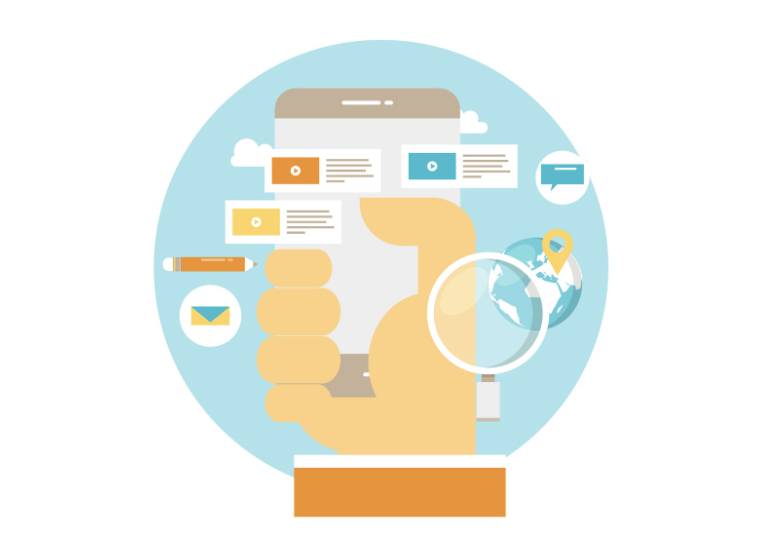
Understanding Software Localization Beyond Language Translation
It is a common misconception that software localization is merely about translating a few key sections to guide users on which buttons to click.
However, the localization process often extends far beyond simple language translation:
- Adjusting Design Elements: Localization frequently requires modifications to the size and placement of buttons and other interface components to accommodate different languages and cultural preferences.
- Optimizing Layouts: Additional design changes might be needed to ensure a seamless user experience across various regions, considering factors like text expansion or directionality in certain languages.
- Modifying Backend Code: In some cases, localization involves updating backend code to empower teams in different regions to efficiently manage and maintain the localized software.
- Translation of User Interface (UI): The first step often visible to users is the translation of UI elements, ensuring that text appears in the targeted language in a way that is both accurate and contextually appropriate.
- Adaptation of Graphics: Visual components must also be adapted. Employing images or symbols with cultural significance is paramount to ensuring that the software is not only functional but engaging.
- Cultural Relevance: Different regions have unique cultural contexts that affect how potential customers interpret content. Localization takes this into account by tailoring messaging to resonate with local norms and preferences.
By addressing these deeper aspects, software localization ensures that the product is not only linguistically accurate but also functionally and visually optimized for diverse markets.
Read more: Top Localization Strategy Examples to Visualize Global Growth
Why Localize Your Software?
Software localization is essential for the global expansion and sustainable growth of digital products in today’s competitive software market.
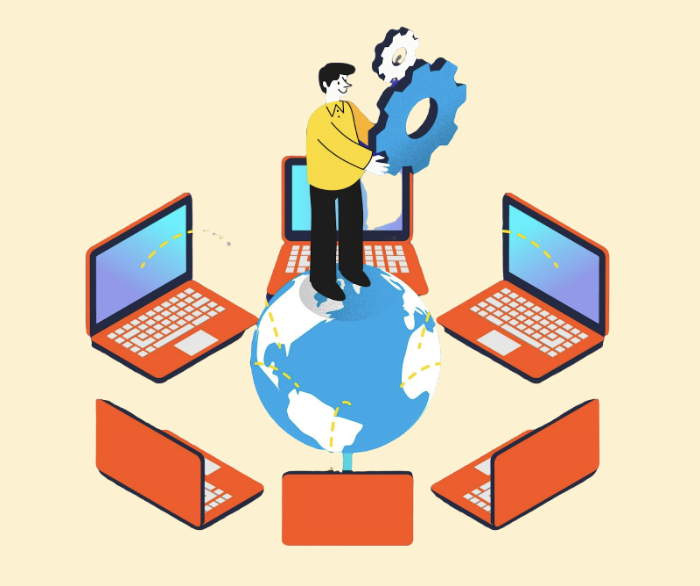
While the upfront costs may seem significant, the potential return on investment (ROI) from localization can be highly rewarding. Below are the key reasons why you should localize your software:
A Larger User Base
Most websites are in English, but the reality is that the majority of internet users speak other languages.
In fact, from 2021-2023, nine of the top ten markets for app downloads were non-English-speaking regions.
By including these markets in your expansion plans, you can significantly increase your potential to attract and convert a broader audience.
Ultimately, how easily users understand and engage with your software is a crucial factor in their purchasing decisions. Products that align with the cultural and linguistic preferences of the market are far more likely to win user trust and deliver better conversion rates.
Read more: How to Increase App Downloads: 15 Smart Tactics
Faster Time to Market
Effective software localization enables faster launches into new markets by establishing a continuous workflow and leveraging automated translation from the outset.
Similar to agile development, agile localization fosters collaboration between developers and localization teams from the early stages, following an iterative approach. Continuous localization, a more advanced form of agile, ensures that content is always prepared for release.
When developers and translators work seamlessly together, the software release cycle accelerates because localization no longer creates bottlenecks in the process.
This approach allows you to simultaneously deploy in multiple markets and scale your localization efforts efficiently over time. The quicker you act, the better positioned you are to capture market opportunities without unnecessary delays.
Stronger Brand Awareness
Establishing brand awareness is a critical first step in acquiring new customers, particularly when targeting global audiences. Without localization, achieving this goal can be significantly more challenging.
Effective localization helps build strong brand awareness, which not only reduces advertising costs but also enhances overall brand value. This increased brand value makes your product more appealing to prospective customers across the globe.
Entering a new market also elevates your brand’s status by providing access to symbolic capital. Symbolic capital refers to the prestige and recognition associated with being a part of the local cultural landscape.
By gaining this cultural foothold, your brand can connect with high-status opinion leaders, integrate into the market’s cultural norms, and ultimately facilitate easier product sales.
Enhanced Customer Loyalty
Customer loyalty often stems from cultural affinity. Put simply, customers appreciate brands that communicate with them in their native language. Even non-native speakers who are proficient in English tend to favor content in their mother tongue when given the option.
Localized software goes beyond providing access to information—it demonstrates respect for local customers and their preferences. High-quality localization captures attention, fosters stronger loyalty, and nurtures long-term relationships with users. Ultimately, trust built through cultural understanding and respect is the foundation for driving sales.
Increased Revenue
All the previously mentioned factors work together to drive revenue growth. A larger customer base naturally translates to greater income potential.
Additionally, delivering a personalized and localized user experience throughout the entire customer journey—from pre-purchase interactions to after-sales support—leads to reduced churn rates, higher repeat purchase rates, and favorable word-of-mouth referrals.
These combined effects have a direct impact on your bottom line, ultimately boosting sales and revenue over time.
Read more: Global Standardization and Expansion Strategy: Multi-Domestic Strategy
Key Steps in the Localization Process
An effective localization strategy involves a systematic approach broken down into key steps, including:
- Preparation: Establish a localization-ready codebase that eliminates hard-coded text to simplify the translation process.
- Locale Selection: Identify target regions through thorough market research, understanding demographic and cultural nuances.
- Translation: Collaborate with professional translators who possess both linguistic expertise and cultural awareness.
- Cultural Adaptation: Modify all content, including visual elements, to ensure alignment with local social norms and practices.
- Quality Assurance: Conduct rigorous quality checks and user testing with local representatives to ensure usability and accuracy.
- Continuous Updates: Regularly refresh and adapt localized content to keep up with evolving market demands.
7 Software Localization Best Practices
Localizing your product can be challenging, but by following these nine steps, you can make the process much more manageable.
1. Use Separate Resource Files
Hard-coded localizable elements can complicate the localization process.
To avoid this, start by identifying all localizable text and store it in separate resource files for each language your software supports. This approach simplifies the management of localization efforts.
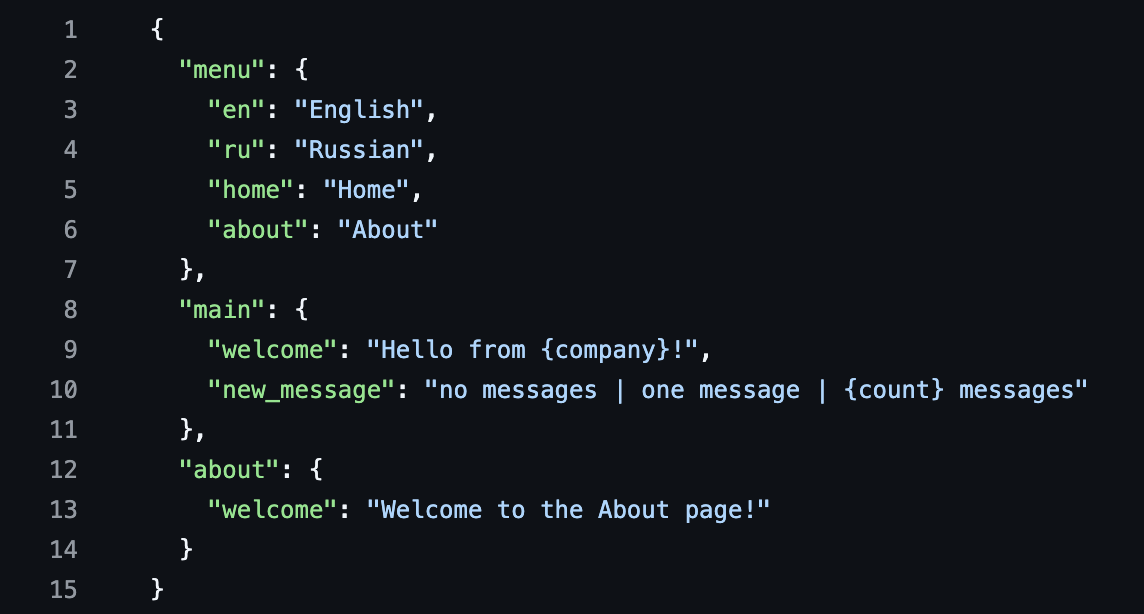
Source: github
- Opt for file formats such as JSON, ARB, YAML, XLIFF, Android Resources, or Apple strings, depending on your programming language or framework.
- Keep translation content organized by nesting strings into logical groups and assigning clear, descriptive names to each string. For instance, a name like “Primary CTA” is far more useful than something generic like “Abc.”
Establish a consistent naming convention that aligns with your team’s workflow. Leverage tools like CoFluent AI to import and export translation files in any format, making localization even more efficient.
By maintaining clean and well-structured resource files, you’ll lay a solid foundation for a smoother localization process.
2. Manage Your Code to Handle Multiple Languages
After separating your resource files, the next step is to modify your code to support multiple languages effectively.
Placeholders are essential for inserting dynamic content, such as characters, words, or strings, based on the selected language. These placeholders ensure your application displays the appropriate translation instead of a fixed word.
The specific placeholder format depends on the programming language or framework you are using.
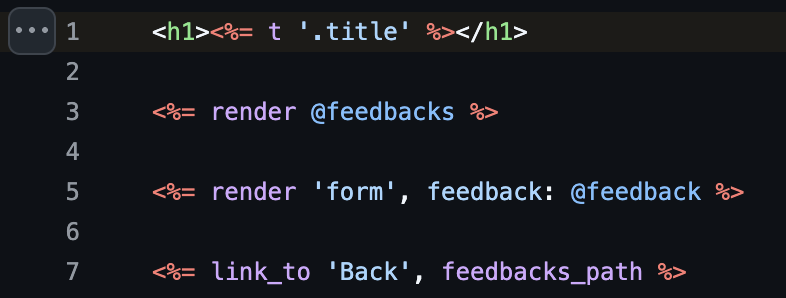
Source: github
Avoid concatenating strings, as syntax and word order differ across languages. Concatenation can lead to errors and difficulties during parsing.
Provide clear comments and contextual information in your code to help translators understand how and where each string is used in the user interface. This context ensures translations are accurate and functional.
Use universal placeholders that can be easily converted to different file formats for import/export. Select a Translation Management System (TMS) that supports placeholders and enables linguists to work efficiently.
By implementing these practices, your code will be better prepared for seamless localization, ensuring an improved experience for global users.
3. Use a Software Localization Tool
A software localization tool or translation management system (TMS) can significantly streamline the localization process, simplifying each step mentioned earlier.
Tools like CoFluent AI by OneSky helps you capture markets worldwide by delivering best-in-class translations. Resonate with your global audience with fast, accurate, and precise content.
Known for the world’s best Multi-Agent AI translation system, CoFluent AI is designed to transform your localization process and enhance your market engagement.
It utilizes a team of AI agents combined with advanced Large Language Models (LLMs) to deliver human-like translation accuracy, allowing you to experience the precision of human translations with the speed and scalability of AI technology.
4. Plan with Locale in Mind
While considering language is an excellent starting point for localization, addressing locale-specific differences becomes crucial as you expand into international markets.
Languages may share similarities, but cultural nuances often vary significantly. For instance, even among English-speaking countries like the United States, Canada, the U.K., and Australia, there are notable differences in words, phrases, and spellings.
A common oversight is using a general language code, such as “fr” for French, without accounting for regional variations. Imagine needing to show distinct content to customers in Canada and Belgium—both French-speaking regions but with different cultural preferences and expectations.
When creating language files and selecting languages for translation, specify the locale to address regional differences effectively. For example:
- fr-FR: French spoken in France
- fr-CH: Swiss French
- fr-CA: Canadian French
- fr-BE: Belgian French
Each locale reflects unique cultural expressions, speech patterns, and approaches to engaging with your product. Combining globalization (broad market readiness) with localization (region-specific adjustments) ensures that you connect meaningfully with your target audience.
Read more: Mastering Internationalization Strategies for Business Expansion
5. Leverage Translation Memory
Translation memory is an essential resource for optimizing the localization process, helping you save time and reduce costs.
Translation memory functions as a database that stores previously translated strings. When a new string matches one in the database, the tool suggests the existing translation, eliminating the need to repeat work.
For instance, if your product includes the phrase “Thank you,” translation memory can detect whether it has already been translated. If so, it will recommend the same translation, ensuring consistency across your localized content.
This approach streamlines workflows, enhances efficiency, and maintains uniformity in translations, allowing you to focus on delivering high-quality localized experiences to your audience.
6. Create a Style Guide
Developing a style guide is a crucial step in ensuring consistent messaging and branding across all markets.
The Importance of a Style Guide
A well-constructed style guide, along with a glossary, forms the foundation of your language assets. These tools help maintain consistency in brand voice and terminology, enabling linguists to work efficiently without compromising on quality. This consistency is essential for building strong and recognizable brand awareness across diverse audiences.
What to Include in Your Style Guide
To create an effective style guide, include the following elements:
- Branding: Specify product names, key terminology, and how they should be presented.
- Tone: Outline the desired level of formality, voice, and any specific tone guidelines.
- Audience Information: Provide insights into your target audience, such as persona research and core value propositions.
- Grammar Rules: Highlight any relevant grammatical preferences or requirements.
By equipping your linguists with a comprehensive style guide, you can ensure high-quality translations that remain true to your brand identity and resonate with local markets.
7. Build in Space as Language Length Will Change
When localizing software, it’s essential to account for variations in text length across different languages.
Why Language Length Matters
Languages naturally differ in how much space they occupy. For example:
- Translating from English to German can increase text length by up to 35%.
- Conversely, translating from English to Swedish may reduce text length by up to 35%.
- Asian languages like Chinese, Japanese, and Korean often introduce vertical text expansion.
Plan for Design Flexibility
To avoid layout issues:
- Consider text expansion and contraction during the design phase. Proactively planning for these changes will save time and effort later in the development process.
- Translate text before optimizing the UI. Testing designs with translated content allows you to identify potential design breaks and localization errors before they reach the end user.
By building flexibility into your design, you ensure a seamless user experience regardless of the target language, preventing headaches and costly revisions down the line.
What Should You Do to Excel in Software Localization in 2025?
The Urge to Shift from Traditional Localization Methods
Traditional localization practices often rely on fragmented processes, where multiple freelance translators manage portions of the project in isolation. This approach can lead to inconsistencies and lengthy turnaround times, making it challenging for businesses to grapple with the complexities of global markets.
In an environment where timely responses and adaptability are critical, businesses face significant pain points:
- Time Delays: Traditional methods can extend project timelines, delaying product launches and time-to-market.
- Inconsistency: Variability in translation quality and brand voice across locales can confuse users.
- Resource Intensive: Managing multiple vendors and freelancers can become a logistical challenge, burdening internal teams.
Tapping into the Power of Agentic AI in Software Localization
Agentic AI offers a groundbreaking shift in software localization by replacing fragmented, manual processes with a seamless, intelligent, and automated workflow. By leveraging the power of multi-agent AI systems and cutting-edge Large Language Models (LLMs), businesses can tackle localization challenges head-on, ensuring consistent, high-quality translations at scale.
Learn more about agentic AI at CoFluentAI by OneSky here!
- Speed and Efficiency
Agentic AI accelerates the localization process by automating repetitive tasks, enabling real-time content updates, and integrating seamlessly with development workflows. Whether you’re pushing new app features or updating web content, multi-agent systems ensure a faster time-to-market. - Enhanced Consistency
With centralized AI management and quality controls, businesses can maintain a unified brand voice across all locales. AI agents, coupled with human-in-the-loop review, ensure that translations remain accurate, contextually appropriate, and aligned with your brand identity. - Cost Optimization
Agentic AI dramatically reduces localization costs by combining AI precision with targeted human intervention. Companies can achieve near-human accuracy without the overhead associated with traditional methods, saving up to 75% on translation expenses.
Success Story: Smallpdf
Smallpdf is the first PDF software you will actually like. Founded in 2013 this SaaS startup has grown to over 15 million monthly users thanks to its’ simplicity and clean design. The software consists of 16 useful PDF tools that allow you to edit, sign, compress and convert PDFs.
The best thing is you can use it online and offline. The online version is free of charge.
Through working with OneSky on software localization, Smallpdf grew by 60% on search traffic while reducing 90% of time spent doing so.
Here’s how:
Smallpdf was growing and new features were being added, a lot of changes were constantly made to improve the site. Smallpdf offered its services in 17 languages back then, catering to large followings in Asia, Europe and the Latin markets.
Before working with OneSky, Smallpdf relied on freelance translators, which often hindered implementation due to several reasons. For once, freelancers were slow to react to changes due to poor coordination and processing time. Secondly, freelancers’ translations were often not up to Smallpdf’s standards regarding SEO guidelines.
OneSky’s automated solutions allowed Smallpdf to process translation requests for new features and site improvements within 1-2 days for all 17 languages. This process would have usually taken weeks to process with freelance translators.
Upon seeing how efficient OneSky was, Smallpdf decided to add 3 new languages (Thai, Hindi, Swedish), which were instantly online.
On top of that, the translations were also in line with Smallpdf’s SEO requirements, which resulted in major improvements in SERP rankings for the vast majority of the new translated web pages.
The Thai language proved to be the most lucrative of the three, with an increase in user base of over 500% in traffic in one year.
Try CoFluent AI by OneSky now for free!
How to Measure the ROI of Your Software Localization Strategy?

Measuring the return on investment (ROI) of software localization is crucial for businesses aiming to validate their localization efforts and justify the associated costs.
An effective ROI measurement approach provides insights into how localization contributes to business objectives, such as revenue growth, market penetration, and customer satisfaction.
Here are the key methods and metrics to consider when assessing software localization ROI:
1. Track Revenue Growth in Localized Markets
One of the most direct ways to measure the ROI of localization is through the impact on revenue. Businesses should analyze sales data from markets where software has been localized versus those where it has not. Key metrics to consider include:
- Sales Performance: Monitor revenue generated through localized versions of your software, comparing it against initial localization costs. This includes both direct sales and subscriptions.
- Customer Lifetime Value (CLV): Assess the CLV of users in localized markets to determine if the localized software leads to higher long-term customer engagement and retention rates.
2. Analyze Market Penetration Rates
Monitoring market penetration in targeted locales can help quantify localization’s effectiveness. Consider evaluating:
- User Acquisition Rates: Measure the number of new users acquired in localized regions before and after launching localized software. A significant increase in user numbers indicates successful localization efforts.
- Market Share Growth: Analyze how localization has helped increase your company’s share in specific markets, showing how localized efforts contribute to competitive positioning.
3. Calculate Cost Savings
Localization can lead to cost savings in multiple ways. To measure these savings:
- Efficiency Gains: Assess reductions in time required to localize updates and new features. By utilizing platforms that support continuous localization, companies can streamline workflows and reduce costs associated with onboarding new localization vendors.
- Reduction in Support Costs: Monitor any decrease in customer support inquiries related to localization issues. Improved user experience often leads to fewer user complaints and a lower volume of support tickets.
4. Measure User Engagement and Satisfaction
User engagement and satisfaction are critical indicators of the effectiveness of localization efforts. Businesses can track ROI through:
- User Analytics: Leverage analytics tools to monitor usage patterns, frequency of engagement, and session lengths for localized software. Higher engagement metrics suggest successful localization.
- Customer Feedback: Analyze feedback from localized users through surveys, reviews, and NPS (Net Promoter Score) evaluations. Positive feedback often correlates with increased loyalty and repeat business.
5. Set & Monitor Key Performance Indicators (KPIs)
Establishing clear KPIs related to localization can provide quantifiable metrics to assess its success. Some common KPIs include:
- Localization Cycle Time: Measure the time taken to localize new content from inception to launch. Shorter cycle times can indicate a more efficient localization process, contributing positively to speed-to-market.
- Localization Cost Per Word: Analyze the cost of localization per word or per project. This metric allows businesses to evaluate efficiency and control spending on localization efforts.
What Are the Main Challenges of Software Localization?
While the localization timeline may seem straightforward, the process often presents hidden challenges. Here are some of the key obstacles you may encounter during software localization.
A World of Languages
There are over 7,000 languages spoken worldwide, according to linguistic experts. When factoring in dialects and regional variations, this number increases exponentially.
For even the largest tech companies, such as Microsoft and Oracle, translating software into every language is an unachievable goal. Instead, they focus on a select few languages that offer the highest return on investment.
- Reaching the global population: Translating your app into just 23 languages can give you access to half of the world’s population. Of these, the top four languages account for more than a quarter of the global population.
- Prioritize strategically: To maximize your localization efforts, carefully select languages and locations based on where you expect the highest return. Aim to cover the most widely spoken locales in a region rather than leaving significant portions of the population unaddressed.
(Note: A locale refers to a specific language and location pairing, such as Australian English.)
Cultural Differences
The phrase “lost in translation” highlights the challenges of preserving meaning during direct translations. In some cases, original sentiments may be diluted or lost entirely.
For example, the Danish word “hygge” conveys a sense of happiness, coziness, and contentment. Yet, Google’s closest English equivalent is simply “fun,” which fails to capture the full essence of the term.
Beyond linguistic differences, cultural variations pose additional challenges. These include:
- Pop culture references: What resonates in one country may be unfamiliar or irrelevant in another.
- Social norms and courtesies: Small details in communication and interaction can differ greatly across regions.
- Visual elements: Even perceptions of color and imagery can vary between cultures.
Adapting Your Interface
Translated content often interacts differently with user interfaces, introducing challenges that can disrupt the design and functionality of your software.
Translated text can vary significantly in length compared to the original content. Additionally, some writing systems involve text that flows right to left, top to bottom, or use entirely different characters. These differences can cause parts of the UI to break if not designed for flexibility.
The best way to avoid such issues is to design with localization in mind from the start. Avoid hard-coding text directly into the interface. Instead, wrap all text in strings to allow for easy replacement during translation.
Another important consideration is keeping sentences intact. Splitting sentences across multiple strings can make it challenging for translators to work effectively and maintain context, leading to errors or awkward phrasing.
Once your content is wrapped in strings, you can upload it to your localization partner. Tools like OneSky simplify this process by automatically recognizing strings and extracting them for translation, reducing manual effort and streamlining the workflow.
By planning your UI design with localization in mind, you can ensure that your interface remains robust and user-friendly across all languages.
Technical Roadblocks
Creating an app involves navigating a variety of programming languages and frameworks, each with its unique requirements.
Most modern technologies now support internationalization (i18n), which allows applications to display content in multiple languages. However, the methods for implementing i18n differ greatly across platforms.
Depending on the technology stack you use, you might need to rely on specific libraries or save localized strings in less common file formats. This can complicate the localization process, as not all platforms support every language. In many cases, you may also need to convert content both before and after translation, adding extra steps to the workflow.
Additionally, modern applications often store data in multiple locations. For example, error messages and form inputs might be saved in one repository, while user-generated content is stored in another. This separation of data can make localization more complex and time-consuming.
Conclusion
In an era of global interconnectedness, effective software localization is undoubtedly a game changer. As companies strive to engage with culturally diverse audiences, relying on outdated localization methods can significantly hinder growth and limit their reach in international markets.
Introducing OneSky’s CoFluent AI—our transformative approach that empowers your organization to localize faster, smarter, and with unparalleled precision. By leveraging advanced automation, multi-AI agent framework and support for continuous localization, we ensure that your content is not only accurately localized but also culturally relevant, driving engagement and customer satisfaction.
You’re only one tap away from a more effective, engaging global presence. Talk to our team today to elevate your localization strategy and unlock a world of opportunity!

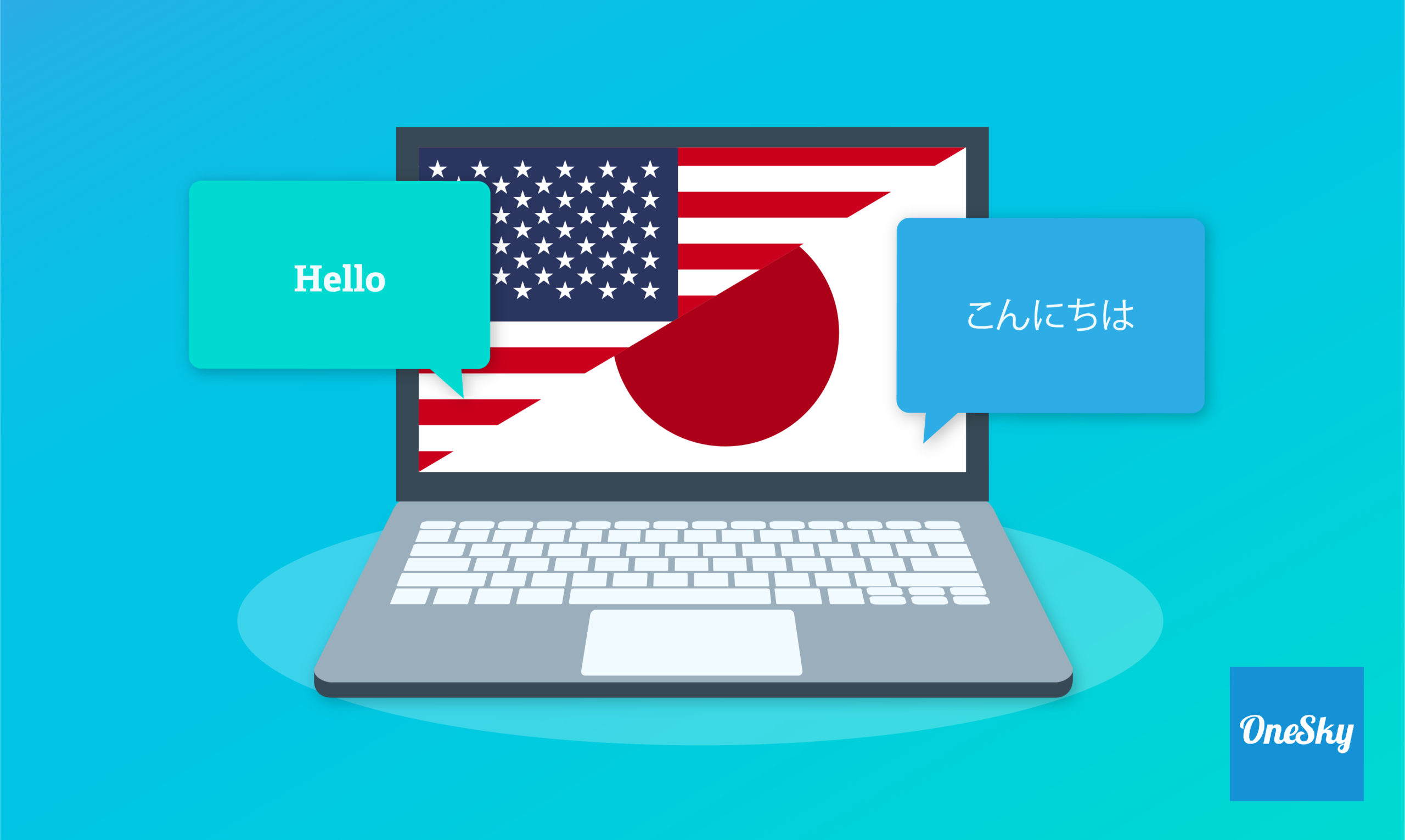


 Written by -
Written by - 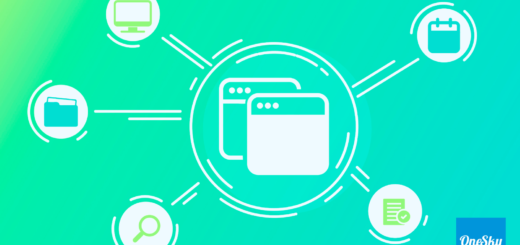
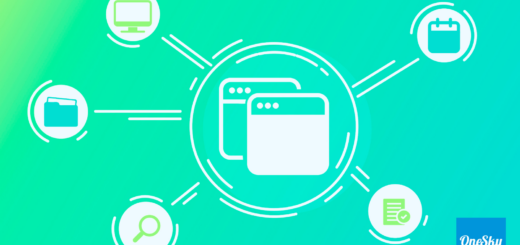



 Written by
Written by 


